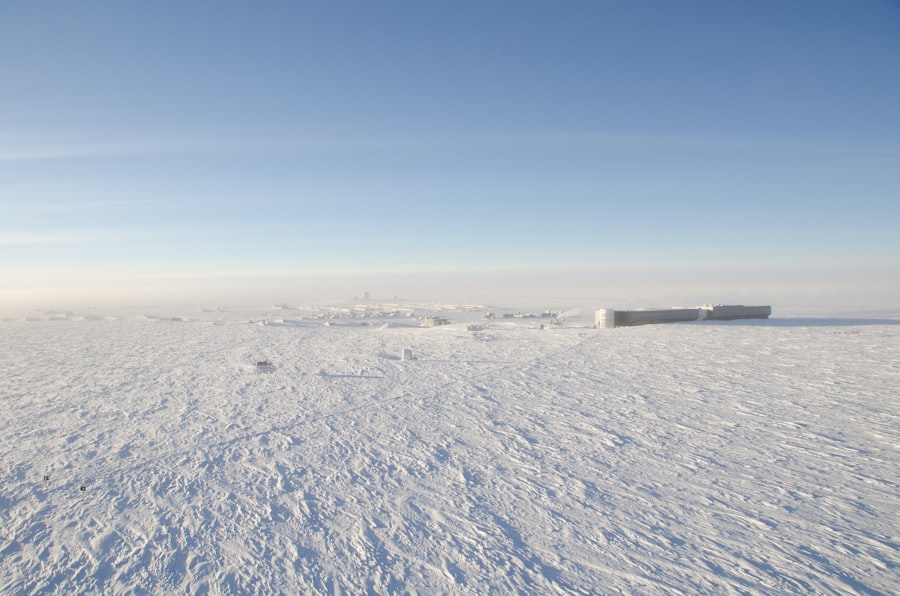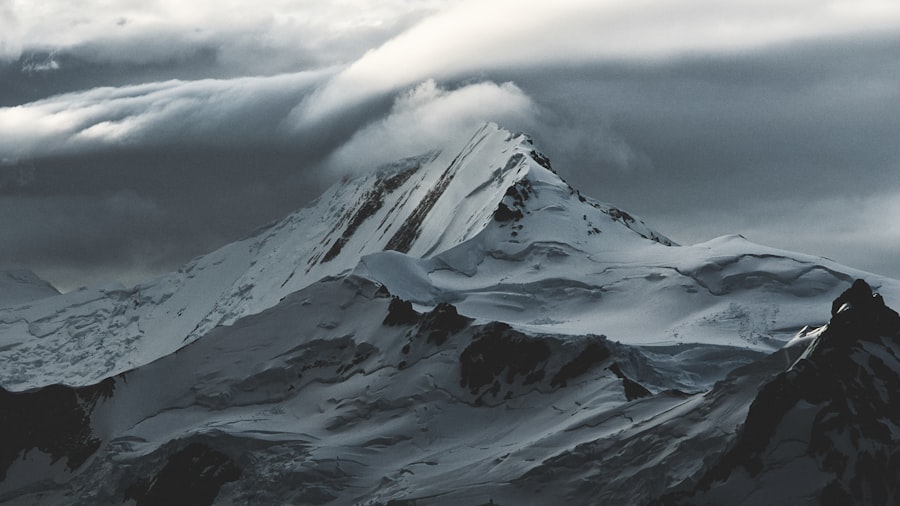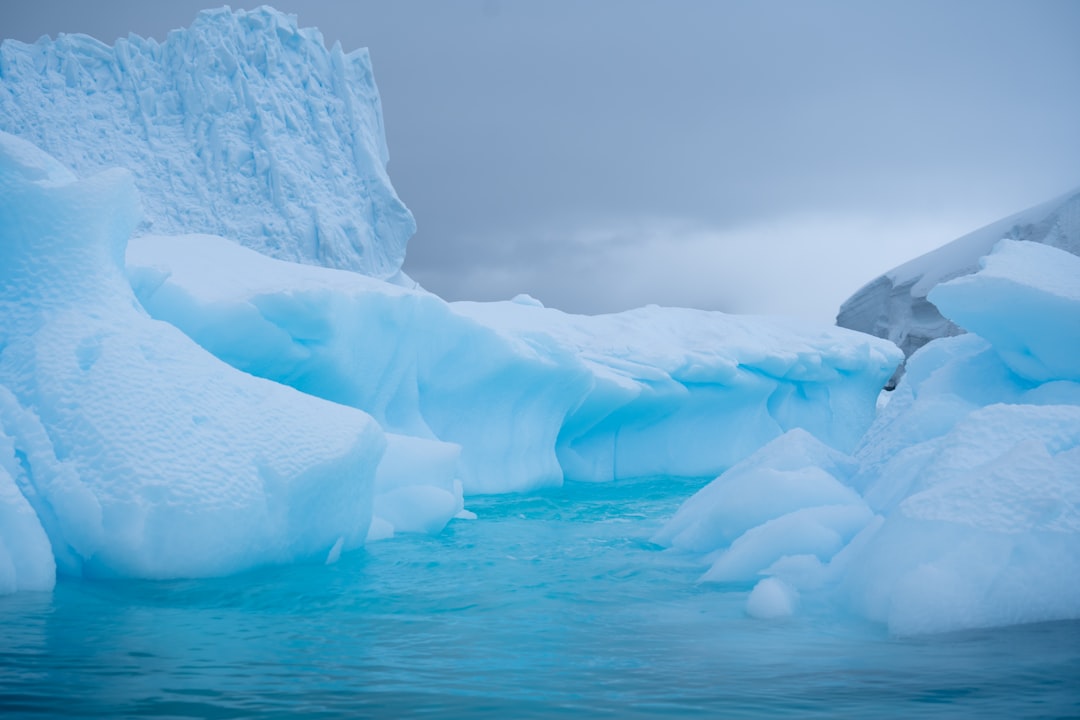The Drake Passage, a body of water situated between the southern tip of South America and Antarctica, is renowned for its tumultuous seas and unpredictable weather. Named after the English explorer Sir Francis Drake, who navigated these waters in the late 16th century, the passage serves as a critical maritime route for vessels traveling to and from Antarctica. Spanning approximately 600 kilometers (370 miles) at its widest point, the Drake Passage is often regarded as one of the most challenging stretches of ocean in the world.
Its unique geographical position and the confluence of the Atlantic and Pacific Oceans contribute to its notorious reputation for rough seas and strong currents. The significance of the Drake Passage extends beyond its navigational challenges; it also plays a vital role in global oceanic circulation and climate patterns. The waters here are rich in marine life, making it an essential area for scientific research and ecological studies.
As adventurers and researchers alike seek to explore the wonders of Antarctica, understanding the intricacies of the Drake Passage becomes paramount. The passage not only serves as a gateway to the frozen continent but also embodies the spirit of exploration and the challenges that come with it.
Key Takeaways
- The Drake Passage is a body of water between the southern tip of South America and the South Shetland Islands of Antarctica, known for its rough seas and challenging weather conditions.
- Crossing the Drake Passage can be a daunting experience due to its reputation for extreme weather, strong winds, and rough seas, making it one of the most challenging maritime routes in the world.
- Alternative routes to Antarctica include crossing the Southern Ocean via the Indian Ocean, the Pacific Ocean, traveling from South America, Australia, New Zealand, and South Africa, as well as flying from Punta Arenas.
- Crossing the Southern Ocean via the Indian Ocean offers a less turbulent route to Antarctica, with the possibility of visiting the sub-Antarctic islands along the way.
- Crossing the Southern Ocean via the Pacific Ocean provides a longer but potentially smoother route to Antarctica, with the opportunity to explore the remote and pristine landscapes of the Southern Ocean.
Challenges of crossing the Drake Passage
Crossing the Drake Passage is often described as a rite of passage for those venturing to Antarctica. However, this journey is fraught with challenges that can test even the most seasoned mariners. The unpredictable weather patterns, characterized by sudden storms and high winds, can create treacherous conditions that lead to rough seas.
Waves can reach heights of up to 15 meters (49 feet), making navigation perilous. The combination of strong currents and shifting weather can result in a tumultuous crossing that leaves many passengers feeling queasy or even incapacitated. Moreover, the psychological aspect of traversing the Drake Passage cannot be overlooked.
The isolation and vastness of the Southern Ocean can evoke feelings of vulnerability among travelers. Many embark on this journey with excitement, only to find themselves grappling with seasickness and anxiety as they confront the raw power of nature. Despite these challenges, crossing the Drake Passage remains a badge of honor for adventurers, symbolizing their determination to reach one of the most remote places on Earth.
Alternative routes to Antarctica

Given the formidable nature of the Drake Passage, many travelers seek alternative routes to reach Antarctica. While the passage remains the most direct route from South America, other options exist that may offer a more comfortable journey. These alternative routes often involve longer travel times but can provide a more serene experience for those who prefer to avoid the notorious swells of the Drake.
One such alternative is to travel via air to research stations or bases located on the Antarctic Peninsula or other parts of the continent. This method allows travelers to bypass the rough seas entirely, providing a more direct approach to experiencing Antarctica’s breathtaking landscapes and unique wildlife.
Crossing the Southern Ocean via the Indian Ocean
| Metrics | Data |
|---|---|
| Route | Southern Ocean via the Indian Ocean |
| Distance | Approximately 6,000 nautical miles |
| Duration | Average of 30-40 days |
| Challenges | Strong winds, high waves, and extreme cold |
| Wildlife | Frequent sightings of albatross, whales, and seals |
For those considering an alternative route to Antarctica, crossing the Southern Ocean via the Indian Ocean presents an intriguing option. This route typically involves departing from ports in Australia or South Africa and navigating through calmer waters before reaching the Antarctic region. The Indian Ocean offers a more stable maritime environment compared to the tumultuous Drake Passage, making it an appealing choice for travelers who may be apprehensive about rough seas.
Travelers embarking on this route can enjoy a more leisurely journey, with opportunities to explore various islands along the way. The Kerguelen Islands, for instance, are a remote archipelago located in the southern Indian Ocean that offers stunning landscapes and unique wildlife. By taking this route, adventurers can immerse themselves in diverse ecosystems before finally arriving at their destination in Antarctica.
Crossing the Southern Ocean via the Pacific Ocean
Another viable alternative for reaching Antarctica involves crossing the Southern Ocean via the Pacific Ocean. This route typically begins in ports such as Ushuaia in Argentina or Punta Arenas in Chile, where travelers can board vessels that navigate through relatively calmer waters before entering Antarctic territory. The Pacific route offers a different perspective on the Southern Ocean’s beauty, with opportunities to witness diverse marine life and stunning landscapes along the way.
Travelers opting for this route may find themselves exploring lesser-known islands and coastal regions that are often overlooked by those taking the more direct path through the Drake Passage. The chance to encounter unique wildlife and experience different cultures adds depth to their journey. While this route may take longer than crossing directly through the Drake Passage, it allows for a more relaxed pace and an opportunity to appreciate the natural wonders of both oceans.
Traveling to Antarctica from South America

Traveling to Antarctica from South America remains one of the most popular options for adventurers seeking to explore this remote continent. Ushuaia, located at the southernmost tip of Argentina, serves as a primary departure point for many Antarctic cruises. This bustling port city is often referred to as “the end of the world,” and it offers travelers a unique blend of urban amenities and stunning natural beauty.
From Ushuaia, travelers can embark on various cruise itineraries that take them across the Drake Passage or explore alternative routes through surrounding waters. The proximity of Ushuaia to Antarctica makes it an ideal starting point for those eager to experience the continent’s breathtaking landscapes and diverse wildlife. Additionally, many cruise operators offer pre- or post-cruise excursions that allow travelers to explore Tierra del Fuego National Park or engage in outdoor activities such as hiking and kayaking before setting sail.
Traveling to Antarctica from Australia
Australia also serves as a gateway to Antarctica, particularly for those looking for alternative routes that avoid crossing the Drake Passage directly. Departing from cities like Hobart in Tasmania or Melbourne, travelers can board vessels that navigate through calmer waters in the Southern Ocean before reaching their destination. This route is particularly appealing for those who may be concerned about seasickness or rough conditions associated with crossing directly through the Drake Passage.
Travelers embarking on this journey can enjoy a unique perspective on Antarctica’s beauty while exploring various islands along the way. The opportunity to witness diverse marine life and stunning landscapes adds depth to their experience. Additionally, many cruise operators offer educational programs onboard, providing insights into Antarctic ecology and conservation efforts, enriching travelers’ understanding of this fragile environment.
Exploring Antarctica from New Zealand
New Zealand is another viable option for those looking to explore Antarctica without facing the challenges of crossing the Drake Passage directly. Departing from ports such as Christchurch or Dunedin, travelers can embark on expeditions that take them through calmer waters in the Southern Ocean before reaching their destination. This route offers a unique perspective on Antarctica’s beauty while allowing travelers to experience New Zealand’s stunning landscapes along the way.
Exploring Antarctica from New Zealand provides opportunities for adventure seekers to engage in various activities such as kayaking, hiking, and wildlife watching. Many cruise operators offer itineraries that include stops at sub-Antarctic islands, where travelers can witness unique ecosystems and diverse wildlife species. This approach not only enhances their overall travel experience but also fosters a deeper appreciation for the interconnectedness of these remote regions.
Cruising to Antarctica from South Africa
For those considering an alternative route to Antarctica, cruising from South Africa presents an exciting option. Departing from ports such as Cape Town or Durban, travelers can navigate through calmer waters in the Southern Ocean before reaching their destination. This route offers a unique perspective on both Africa and Antarctica while providing opportunities for exploration along the way.
Cruising from South Africa allows travelers to witness diverse marine life and stunning landscapes as they make their way toward Antarctica. Many cruise operators offer itineraries that include stops at various islands in the Southern Ocean, providing opportunities for wildlife watching and exploration of remote locations. This approach not only enhances their overall travel experience but also allows them to appreciate the beauty of both continents.
Flying to Antarctica from Punta Arenas
Flying to Antarctica from Punta Arenas, Chile, has become an increasingly popular option for travelers seeking a more direct route to this remote continent. This method allows adventurers to bypass the often-turbulent waters of the Drake Passage entirely by taking a short flight directly to research stations or bases located on the Antarctic Peninsula. This option is particularly appealing for those who may be concerned about seasickness or rough conditions associated with crossing directly through the Drake Passage.
Upon arrival in Antarctica, travelers can engage in various activities such as guided tours, wildlife watching, and even camping on the ice. The ability to fly directly into this pristine environment opens up new possibilities for exploration and adventure while minimizing travel time. Additionally, many tour operators offer packages that include both flights and guided excursions, ensuring that travelers have a comprehensive experience during their time on this remarkable continent.
Choosing the best alternative route to Antarctica
In conclusion, choosing an alternative route to Antarctica involves careful consideration of various factors such as comfort level, travel time, and personal preferences. While crossing the Drake Passage remains a popular choice for many adventurers seeking an authentic Antarctic experience, alternative routes offer unique opportunities for exploration without facing turbulent seas directly. Whether traveling from South America, Australia, New Zealand, or South Africa, each route presents its own set of advantages and experiences.
Ultimately, travelers should weigh their options based on their individual needs and desires for adventure. Whether they seek a leisurely cruise through calmer waters or an exhilarating flight directly into Antarctica’s heart, there are numerous pathways available for those eager to explore this breathtaking continent. By understanding these alternatives and planning accordingly, adventurers can embark on a journey that not only fulfills their dreams but also deepens their appreciation for one of Earth’s last frontiers.
If you’re curious about alternative routes to Antarctica that bypass the infamous Drake Passage, you might find it interesting to explore other travel options that offer a smoother journey. One such route involves flying directly to the Antarctic continent, which is becoming increasingly popular among travelers seeking a more comfortable experience. For more insights into this and other geographical explorations, you can check out a related article on MyGeoQuest. Visit their website for more information by clicking on this link.
WATCH NOW! Drake Passage: Earth’s Deadliest Waters Revealed
FAQs
What is the Drake Passage?
The Drake Passage is the body of water between the southern tip of South America and the northern tip of the Antarctic Peninsula. It is known for its rough seas and strong winds, making it one of the most challenging maritime crossings in the world.
Is it possible to reach Antarctica without crossing the Drake Passage?
Yes, it is possible to reach Antarctica without crossing the Drake Passage. There are alternative routes to reach the continent, such as flying directly to an Antarctic research station or taking a cruise that approaches Antarctica from the east, avoiding the Drake Passage.
What are the alternative routes to reach Antarctica?
One alternative route to reach Antarctica is by flying from Punta Arenas, Chile to King George Island, which is located in the South Shetland Islands just off the Antarctic Peninsula. Another option is to take a cruise that approaches Antarctica from the east, crossing the Weddell Sea or the Scotia Sea instead of the Drake Passage.
Are there any other ways to reach Antarctica without crossing the Drake Passage?
In addition to flying and taking alternative cruise routes, it is also possible to reach Antarctica by participating in scientific research expeditions or by joining specialized tours that offer unique access to the continent without crossing the Drake Passage.
